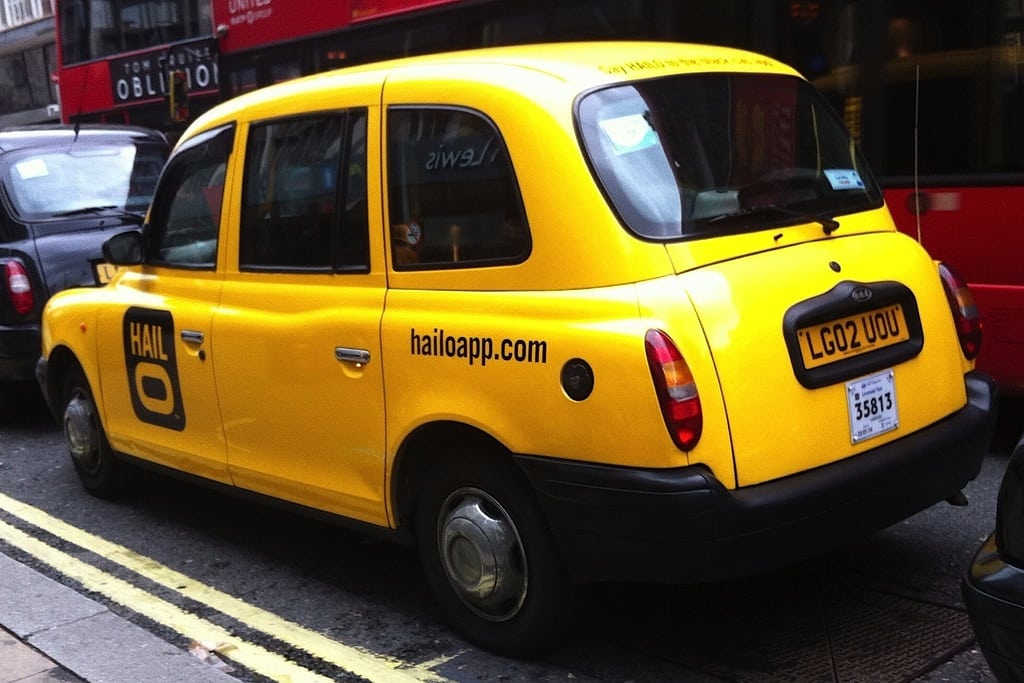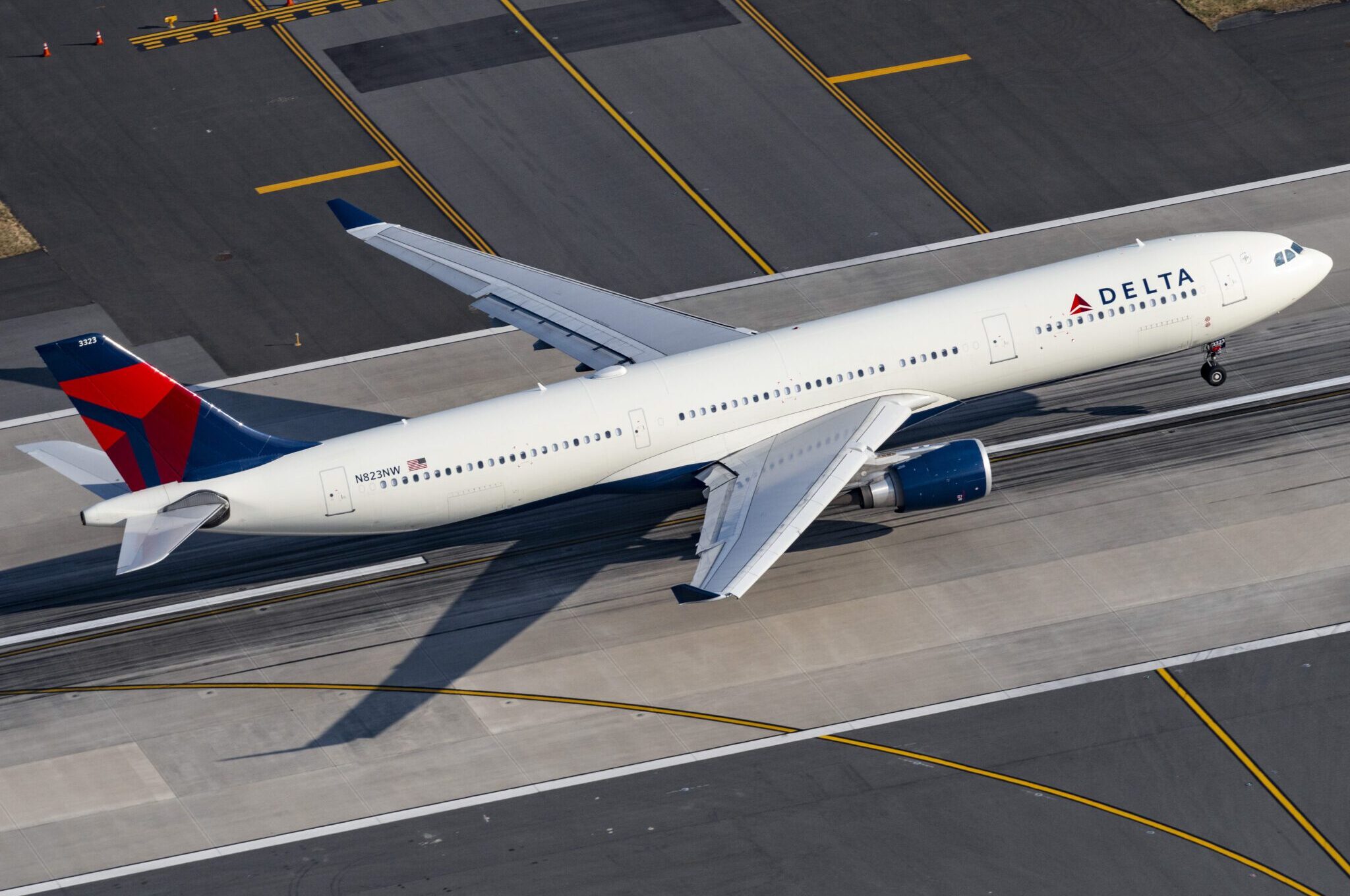Are Uber, Hailo, and Other Taxi Apps Going After a Big Enough Market?

Skift Take
Uber, Hailo, and their copycats-slash-competitors are forging ahead in an attempt to carve out as big a space possible for themselves in the taxi and limousine business industry.
Collectively the two major car-hailing apps have raised over $100 million ($50m at Hailo; $57m at Uber). Last week, Uber confirmed it was seeking "hundreds of millions" to fuel expansion at a $3.5 billion valuation.
All of this is in an effort to get a piece out of what's estimated by experts to be a slow-growth industry with $10.9 billion in annual revenues and $1.4 billion in profit in the U.S, according to according to an IBISWorld report.
But the pie is actually smaller than it looks. And to make their piece bigger, Uber and its peers will need to get the consumer to pay more, or find a way to siphon off profits from drivers.
That's not likely to be very popular with anyone.
What the Industry Looks Like
The industry is divided between taxis, which are largely patronized via consumers using street hails, and town cars serving pre-booked services or corporate customers (business that have accounts with car services for scheduled rides or on-call services). Hailo focuses on the taxi segment with its e-hail app in 12 cities in the U.S. and abroad. Uber focuses on town cars in most of the roughly 30 cities it operates in, but dabbles in yellow cabs from time to time, much to the chagrin of regulators, but the delight of consumers in cities such as Washington, D.C. and San Francisco where the taxi experience is poor.
Hailo and Uber's business models rely on transaction fees built into the cost of the ride -- they don't directly employ drivers or own a fleet. They employ local managers in markets and have staff who try to make deals with local car companies or negotiate directly with drivers. Their assets are basically a sales team, quality apps, and, of course, good PR people.
For consumers, the services promise users transportation by easier means that a street hail or calling an existing car service. Like a Tickemaster for cars, they offer their app users a faster way to get what he or she want -- and then add a fee on the top or take a cut for themselves.
They have to, though. In the U.S., third-parties do not have many opportunities to siphon off industry revenues. Nearly a quarter of all the industry's revenue goes to leasing fees paid to taxi operators. On the flip side, just 7.2% of revenue, or $785 million goes to the town car segment. And overall, $7.4 billion of the industry's $10.9 billion revenue goes to wages for drivers. It's an industry that's driven by many small players: The largest four companies in the industry generate less than 3% of revenue, according to IBISWorld.
Much of the business is concentrated in a few major cities. The New York region alone accounts for nearly a third of all taxi and car service businesses. While having operations in multiple U.S. cities looks good on paper, the Northeast and California represent over 50% of the entire industry's revenues. That makes a strong play in New York, Los Angeles, and San Francisco essential.
Despite the near constant hum of positive press in tech and business outlets, it's turning out to be not that popular. As Lauren Goode wrote on AllThingsD yesterday, "But in New York City, the tech hasn’t yet made a real difference. Hailing a cab the'old-fashioned' way is still your best bet."
That's not to say there are not additional opportunities abroad. Hailo got its start in London and has more foreign cities than U.S., and on Friday Uber opened in Seoul, where it will compete with one of the world's better transit systems for 10 million potential customers. China is particularly attractive to both companies and their peers. It's hard to imagine, though, that existing taxi and car services won't create their own e-hail apps rather than willingly cede the ground to foreign newcomers.
What It's Like on One Side of the Glass
Since the car-hailing apps don't own the cars or the services, they need to find new ways to generate revenue to pay for the additional the layer they're adding between driver and consumer. That's brought about creative techniques like surge pricing, which Uber employs during high-volume times such as New Year's Eve or in the aftermath of natural disasters.
The surge pricing, while praised by Uber co-founder and CEO Travis Kalanick as an example of supply and demand in action, points to one of the central challenges for on-demand car service apps: When consumers need a car the most, drivers need the app the least.
Or as one New York City cab driver explained it to Skift:
People use the apps when they can't get a taxi, but that's usually when I already have a customer -- which is why they can't find a taxi. Drivers don't need an app to find a fare when the work day is over or when the bars are closing, we need it in the dead hours, when people can usually find an empty taxi.
One use case where both riders and drivers agree the apps shine: When they're outside of a city center and hoping a random cab will find them. In these cases, drivers and riders can use the apps to make a match. The Wall Street Journal reported today that the vast majority of rides in the New York market were fringe cases like this, writing "Data from the Taxi and Limousine Commission and interviews with app companies and taxi drivers show that the ability to flag down a yellow cab with the tap of a screen is having the biggest effect where taxi service — and customers for cabbies — have historically been scarce."
But existing cab companies and car services are realizing this, too, and they're making moves of their own.
Old School to New School
Allstate Limo, which operates a fleet of over 1,500 cars in the New York region recently pushed out its own iOS and Android apps. Robert Slinin, a Senior Vice President at the limo service told Skift that an app was the next logical step connecting both existing and new riders with its drivers.
"We already have the backend with the billing and everything else, but we wanted our tech up to date," Slinin said. "We've been reaching out to our customers slowly letting them know that there's an app they can use. We are much cheaper and fairer: We don't have price surging. We have flat fares instead of metered pricing for black cars."
Slinin says that Uber approached Allstate when they entered New York, but he declined their advances. "The end result is they want to steal our drivers," Slinin told Skift.
Allstate's app was built by Ground Transportation Network, which provides ride management solutions to car service companies, and recently began a business selling white-label e-hailing apps to its existing customers. In Los Angeles, Crown Limo also has its own iOS and Android apps. Other legacy limo and taxi companies are building their own apps our outsourcing them third-parties in a rush to connect with existing and new customers. Many other legacy companies, like Dial 7 in New York, have mobile-friendly websites which offer direct booking.
Neither Uber nor Hailo have created white-label versions of their apps and services.
Beyond the Car
If Hailo and Uber are going to break out of the small market they're operating in, they'll need to expand the type of services they offer on their apps.
At Fortune's Brainstorm Tech conference in Aspen, Colorado last week, Uber's Kalanick acknowledged that they're looking beyond just cars. "We're thinking about it," Kalanick told the interviewer. "What we're doing right now is we're in the experimentation phase where you sort of find some interesting ways to do promotions like Uber ice cream." [see video below for full interview.]
Getting in the local delivery space, if indeed that's what Uber is considering, is fraught with competitors big (from Amazon to Yelp) and small (Peapod, Fresh Direct) who are already doing a good job. Outsized, over-promising plays in the sphere haven't fared well, as any former Kozmo.com employee will tell you.
Uber and Hailo have demonstrated that they can get people talking about on-demand services available in the palm of their hands. Now they need to figure out a way to turn the hype into a real business before the established transportation players make them an afterthought.





